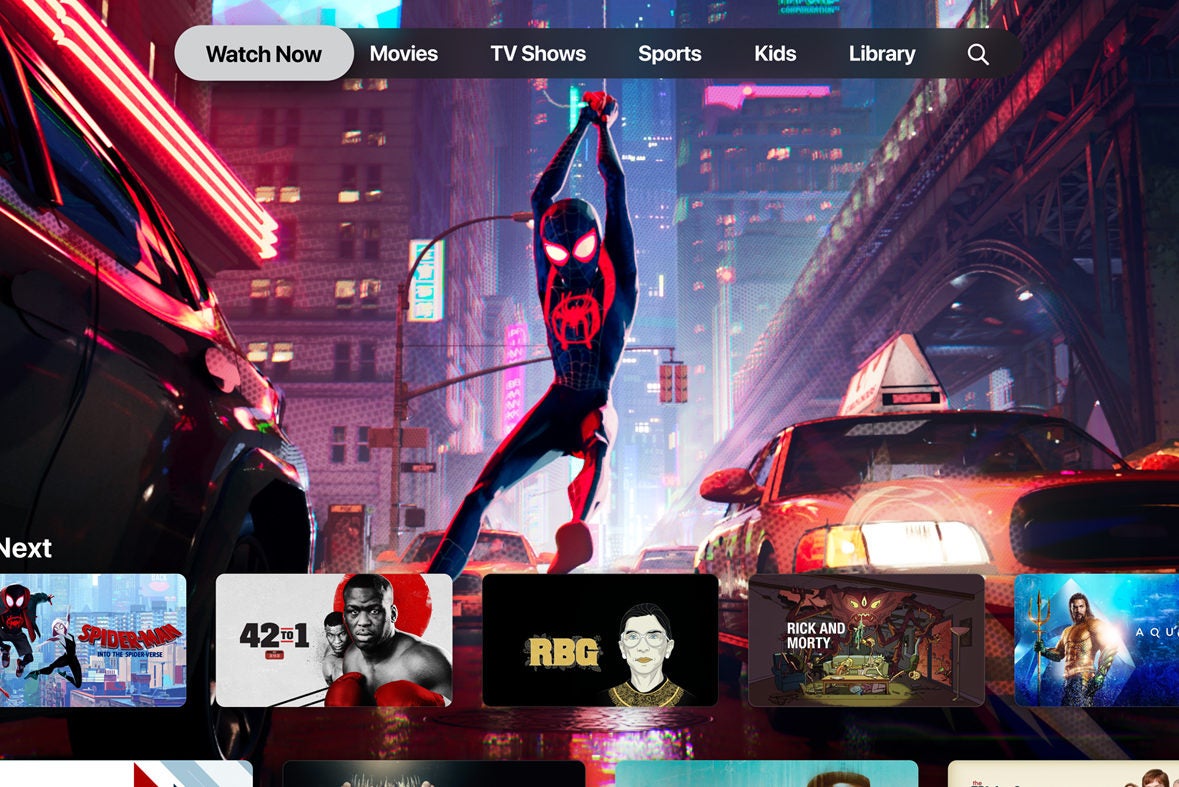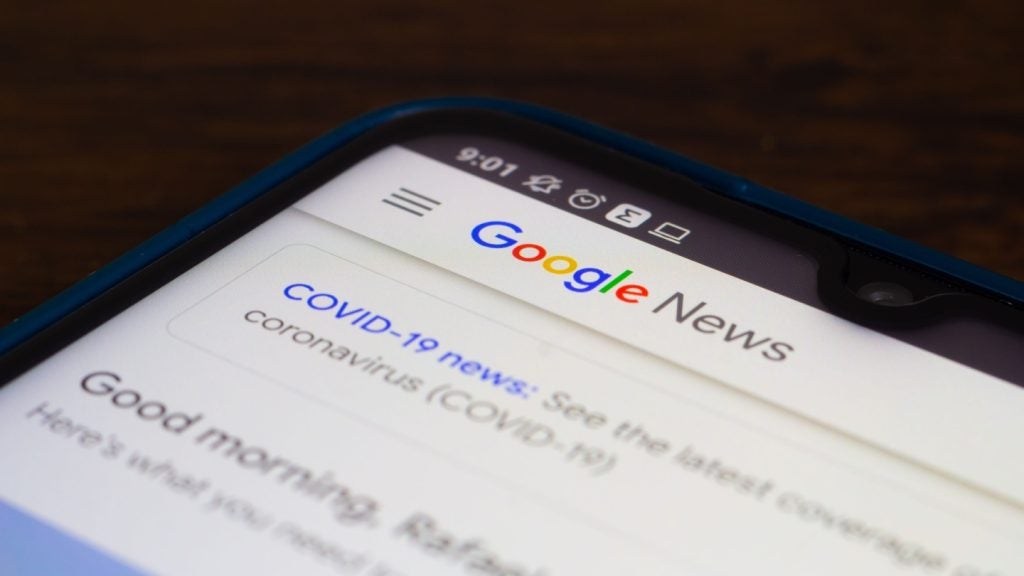
Apple is joining Netflix, Amazon, Hulu, Now TV, and soon Disney in the increasingly saturated video content streaming market. With the subscription economy having grown by more than 100% each year over the past five years, it is little wonder why.
From coffee, to cars, to makeup and meals, consumers can now subscribe to just about anything. Some 65% of retail businesses now offer some kind of subscription programme, with a further 22% considering it in 2019 according to subscription services provider Ordergroove.
“The boom of subscription economy has seen swathes of businesses adopt a recurring revenue model and 18% of all global payments ($41trn) are now recurring – either invoice, subscription or instalment payments,” Hiroki Takeuchi, CEO of GoCardless, a recurring payment provider, told Verdict.
The incentive to switch to the business model is improved cash flow. Rather than charging a one-off payment for a product or service when the purchase is made, businesses receive regular, recurring revenue injections. Businesses are able to predict income and avoid revenue dips that may concern investors.
Likewise, in our data-driven society, the subscription model provides businesses with a valuable advantage. According to Stephen Humphreys, General Manager at online learning company GoodHabitz, the model provides “useful insights into how the subscription is being used”, including the products and services that are more and less popular, which can then be used to refine the product further.
“In a way, subscriptions are all about freedom,” Tien Tzuo, CEO of subscription software company Zuora told Verdict. “With Spotify, pay per month for a library of artists instead of one song. With Box, pay for unlimited file storage. With Uber, pay per ride vs buying the car.
How well do you really know your competitors?
Access the most comprehensive Company Profiles on the market, powered by GlobalData. Save hours of research. Gain competitive edge.

Thank you!
Your download email will arrive shortly
Not ready to buy yet? Download a free sample
We are confident about the unique quality of our Company Profiles. However, we want you to make the most beneficial decision for your business, so we offer a free sample that you can download by submitting the below form
By GlobalData“Subscriptions allow you to access what you want when you need it and from wherever you are.”
According to Zuora, the proof is in the results. The company’s Subscription Economy Index shows that subscription businesses have grown revenues 5-9 times faster than traditional businesses over the past six years.
“All companies have at least two things: a product, and a customer base. Today the key imperative for all businesses is to tease out the service that sits within that product, in order to sell outcomes, as opposed to assets. Today all businesses are service businesses,”
“Once you make that leap, a subscription model is inevitable,” Tzou said. “There’s not one company out there who can’t realize the benefits of subscriptions.”
Subscription model: Is it right for every business?
It seems every company in the business of selling is trying its hand at subscriptions, but despite the market’s growth, not all ventures have been a success.
In the space of a year, MoviePass, a service that allowed consumers to pay a monthly fee for unlimited movie tickets, went from being the subscription economy’s golden child to a startup haemorrhaging money with little idea of how to stop it.
“Moviepass had a great idea and got caught flatfooted when their idea took off far greater than they imagined. Again, nice problems to have! Their old systems just didn’t give them agility, and they couldn’t catch up,” Tzou told Verdict. “But you can tell in recent months with all their experiments in pricing and packaging that they now have newfound agility in their systems. Even though everyone else is jumping on the movie subscription bandwagon, don’t count Moviepass out!”
The service amassed millions of subscribers, but was making a loss on each customer that signed up. While MoviePass has since upped its prices in order to break even on ticket purchases, its early struggles serve to show that sometimes subscription doesn’t work, and finding a model that is both financial stable and attracts customers can prove difficult. The company’s struggles raises concerns over the sustainability of subscription businesses, particularly those that attempt to undercut those operating more traditional business models. While these trendy startups might attract interest, maintaining that interest and making money could prove tricky.
“The subscription model is sustainable, but with a few caveats,” Eddie Yoon, growth strategist and author of Superconsumers: A Simple, Speedy, and Sustainable Path to Superior Growth, told Verdict. “Many will aspire but few will reach a mass subscription and even fewer will stay there for a period of time.”
“The biggest risk is companies overestimating the size of the prize and viability to be a mass vs niche subscription,” Yoon said. “You need to spend appropriately.”
According to Yoon, finding a niche that isn’t already being covered by multiple other brands is key to developing a successful subscription business.
Mike Donovan, founder and CEO of Brushbox, a dental subscription service, feels that the increasing number of businesses trying their hand at subscription is making it difficult for genuine, quality providers to reach customers.
“One downside to this [subscription economy growth] is that it creates more noise for the authentic, quality products to compete against, making it difficult for the consumer to differentiate the genuine subscription brands offering quality products/experience, against those businesses who may be looking for a quick win,” Donovan said.
The future of the subscription economy
Interestingly, GoCardless data shows that global subscription businesses lose as much as 4% of their customer base every month as a result of payment churn, when payment fails to go through, which raises questions about the long-term interest of consumers in these services.
Donovan feels that the “real value of a subscription business is in its community of customers”, but how many of these communities are consumers really willing to be a part of?
A recent survey conducted by McKinsey found that 49% of consumers are now subscribed to at least one service, with the median number of subscriptions per consumer currently sitting at two.
While the number of subscription services available continues to increase, the general consensus among consumers that Verdict spoke to was that while they are willing to subscribe to these services, there is a limit to how many they would join and how much they would spend.
“Consumers won’t sign up for all these subscription packages. They will pick 1-2 mass subscriptions and a few more niche ones, but that’s all,” Yoon said.
That isn’t to say that the subscription economy is destined to fail. “Generally subscriptions work really well,” Yoon insists, but only when businesses appropriately match up their aspirations and investment and provide a unique service that actually offers consumers convenience.
After all, one can only have so many vegan makeup, ethically-sourced coffee and throw-away razor subscriptions.







